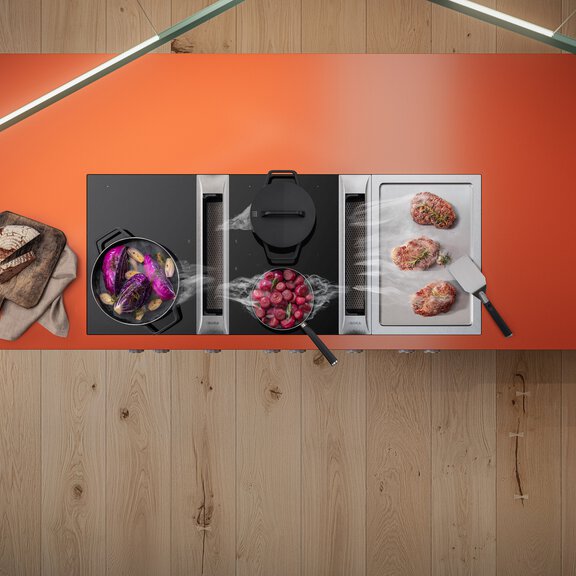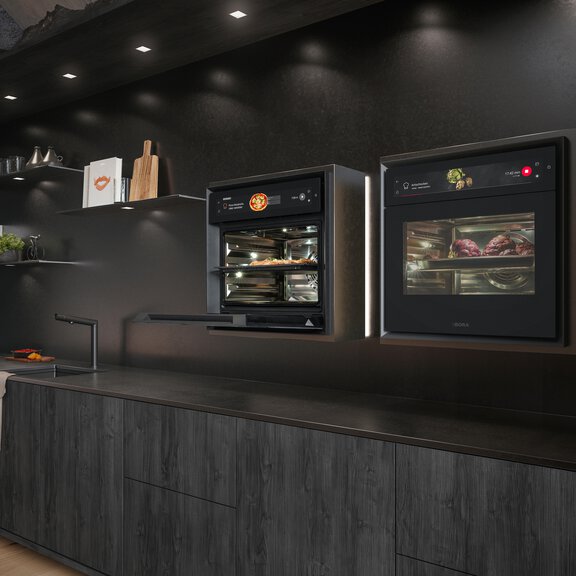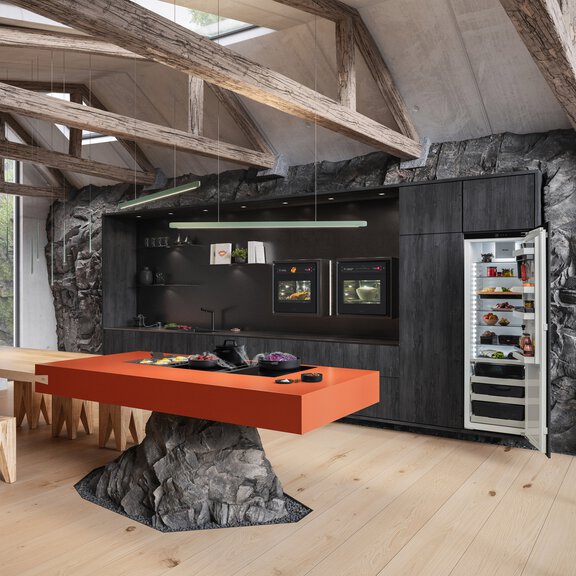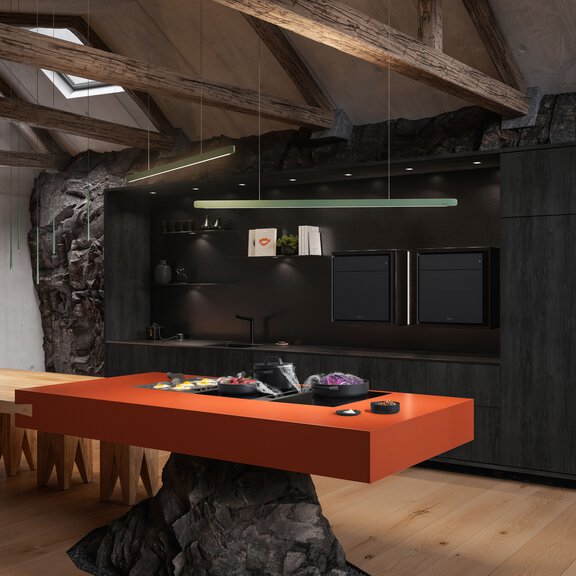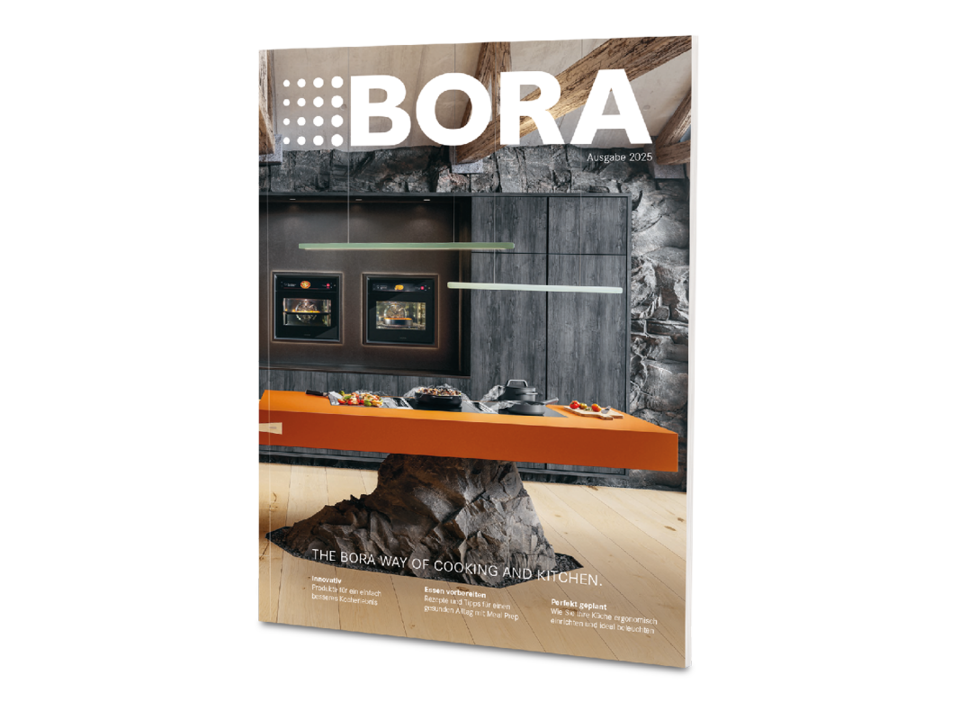Kuhanje kot na svežem zraku.
Pionir na področju učinkovitega filtriranja vonjav, ki nastajajo pri kuhanju – z našimi revolucioniarnimi sistemi odvoda pare, ki odvajajo kuhalno paro in mastne delce, in parno pečico BORA X BO z vgrajenim filtrom z aktivnim ogljem. S hladilnimi in zamrzovalnimi sistemi BORA in osvetlitvijo BORA celovito vključujemo izdelke BORA v kuhinjo kot življenjski prostor.





Z izdelki BORA lahko kuhate, kot da bi bili na svežem zraku, pri tem pa ohranite prost pogled na bistveno – dobro hrano in svoje najljubše sogovornike.
Intuitivno.Jasno.Dobro zasnovano.Upravljanje sistemov z gumbom za upravljanje, dotikom ali drsenjem.
Izdelki BORA prepričajo z visokokakovostnimi materiali in maksimalno funkcionalnostjo – združeni v vrhunske sisteme.
BORA olajša vsakdan:Vsi gibljivi deli so enostavno odstranljivi in jih lahko očistite v pomivalnem stroju ali ročno.
Kuhinje kot brezčasne umetnine – minimalistične in izpopolnjene do najmanjše podrobnosti v vaš dom prinašajo edinstven dizajn.

